Important development in the comments section of the last post of the Numerical Notation category. In fact it was the not only the most recent post, but the final post before changing the name of the category, which is now: A0̸
I’ve tried to make it look nice and unambiguous, but it can be commonly known as “A0 Notation”, pronounced “A-Zero” or if you prefer, “A-Oh”.
As suspected, there is already an almost identical system. It is called Integer Notation. Very easy to search for if you know what it is called, and also supposedly easy to find if you’re stumbling around music theory wikis so that’s slightly embarrassing. It is also used in the John Woo film Hard Boiled which is even more annoying to me because I have to admit I hadn’t seen it before a few days ago:
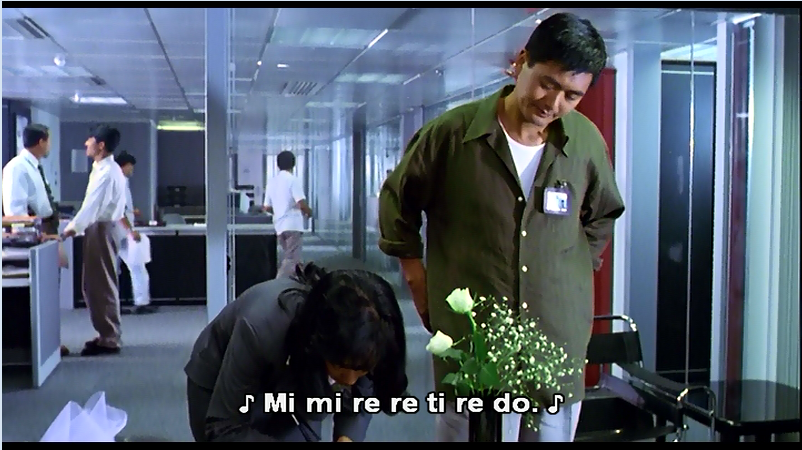
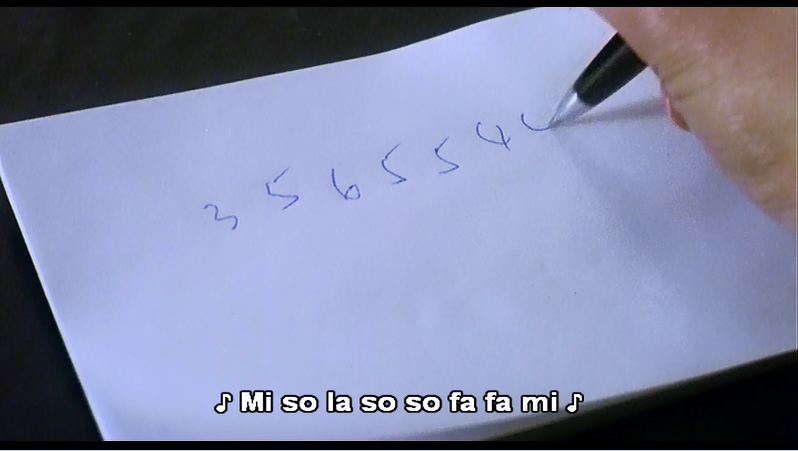
I first figured this was something unrelated made up for the movie, a trivial point. But no, it’s really standard Integer Notation. [Ed: Not quite, there’s no zero. It’s using the numbers 1-7 for the diatonic scale, regardless of key.]* The above is the melody line for Lionel Ritchie’s Hello, written in C:
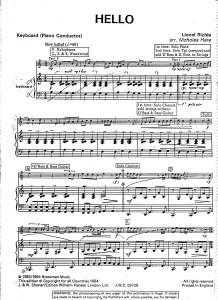
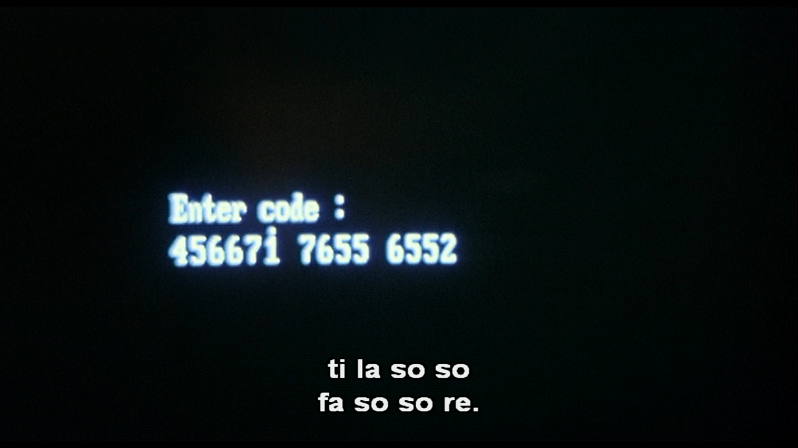
F=1 here. And they’re also using the “movable do” Solfege system. So I don’t have to point out that this form of numerical notation is just a form of that which is easier to input into a DOS computer from the 80s, but I will. Done.
So whadda I got? Mine would be a “fixed do” system where A=0, but it’s 12-tone so forget about the “do” thing. Remember the the charts I made for the saxes in different keys? Probably not but forget those too, gotta make new ones. That system just makes it easier to sight-read staff notation—once you learn the fingerings for one sax, you can play any (theoretically) just pick up any sax and start sight-reading that part, and you just have to not think about how the notes coming out of the horn are totally different. I don’t think my system can replace lettered notation or staff notation entirely but I think it could in a lot of situations, especially learning where you should be internalizing the names of the concert pitch notes regardless of your instrument of choice.
So I’ll just be making some new charts then. %
*Altho it could be considered a ~type~ of "Integer Notation", what's used is the movie actually might be unrelated and just made up for the movie and therefore, in fact, trivial. But it's still a fun example of alternate notation.

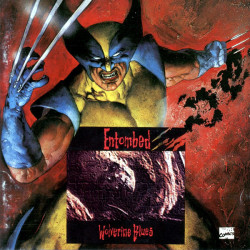

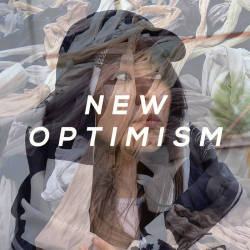

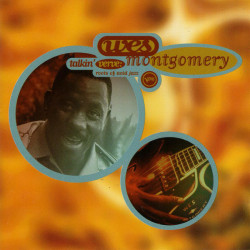
#1 by Jim on 2015.06.20 - 10:48
Wow, need some major corrections, haha.
#2 by Jim on 2015.06.20 - 11:35
I’ve somehow shut off the comments to readers on this post. This was an error. If you are subscribed to the comments feed I salute you and sorry for the spam that’s been getting through. I’m working to fix both problems.
#3 by Jim on 2015.06.20 - 11:44
Ok, should be better now. Do not know how it happened tho.
#4 by Jim on 2015.07.02 - 15:33
Managed to block the spam comments but not trackbacks, should just turn off visible trackbacks, nobody’s really doing that anymore of course.
#5 by Jim on 2015.06.20 - 12:01
So I’ve locked myself out of my own site for a bit. Fair enough.
#6 by Jim on 2015.07.02 - 15:29
OK, that is the Nashville Number System used in Hard Boiled, will correct as soon as I can log in again.
#7 by Wedding Ring Ideas on 2015.07.30 - 22:07
You can either go for a triangular shaped that looks like a mountain or you can have a simple two
layered cake but have a frosty mountain-scape on the lower base
of the cake. Gift them jewelry as many times as you can but still they
will urge for more. There are also some of the originally designed grace lamp
work beads pendants as well for the love of natural colors, art and beauty.
Lingerie, clothing, and jewelry parties are also good
ideas.
#8 by Jim on 2015.07.30 - 22:24
Shape systems are a valid type of notation but are merely approximate, I’m going for something that is easy to understand yet precise. My main difficulty is lapses into surrealism but you know how that is.